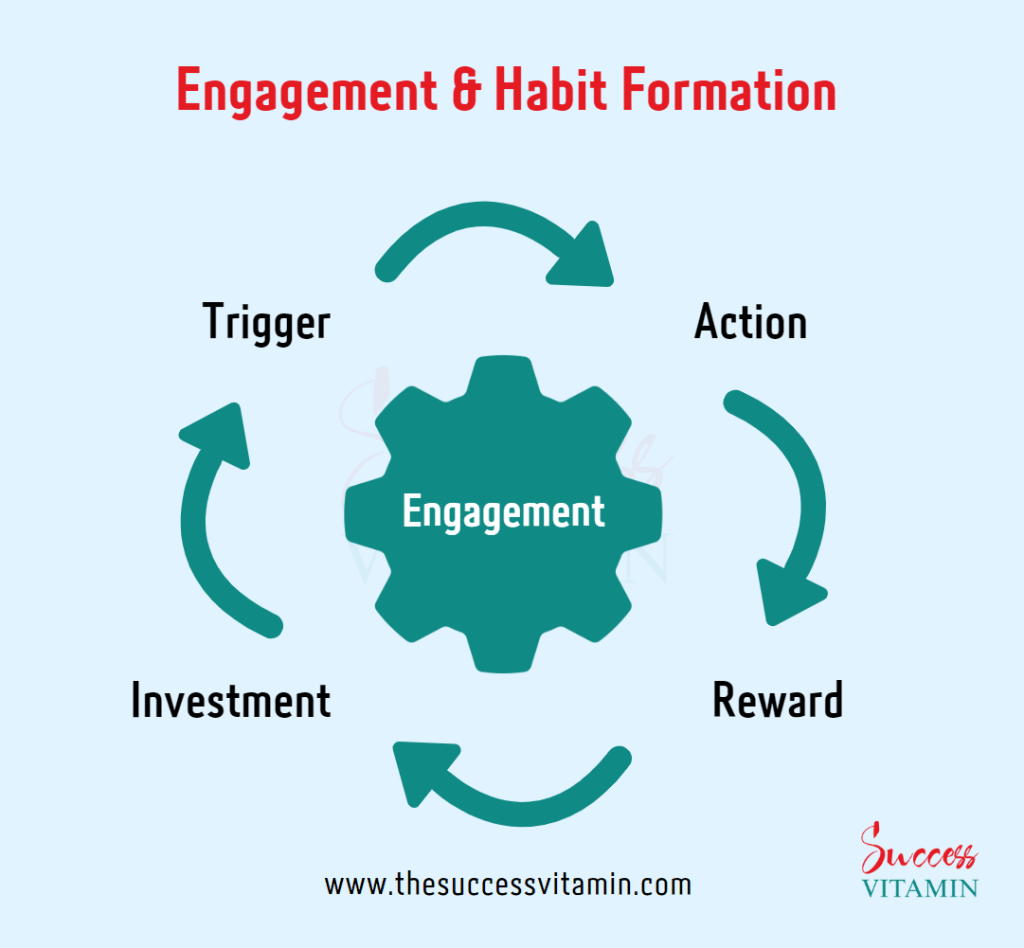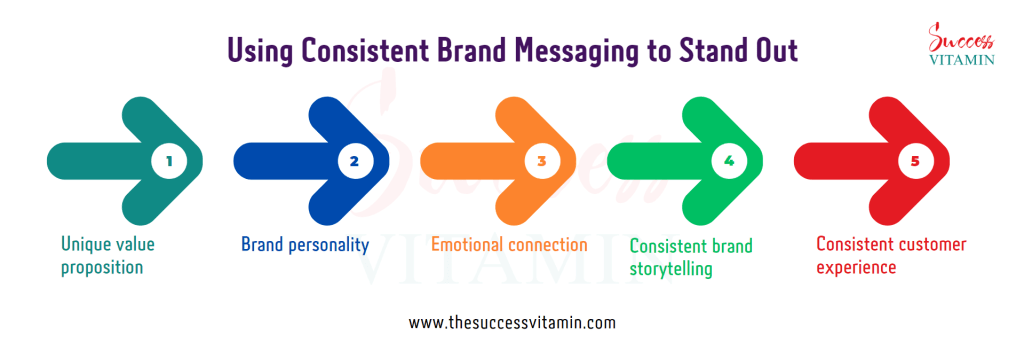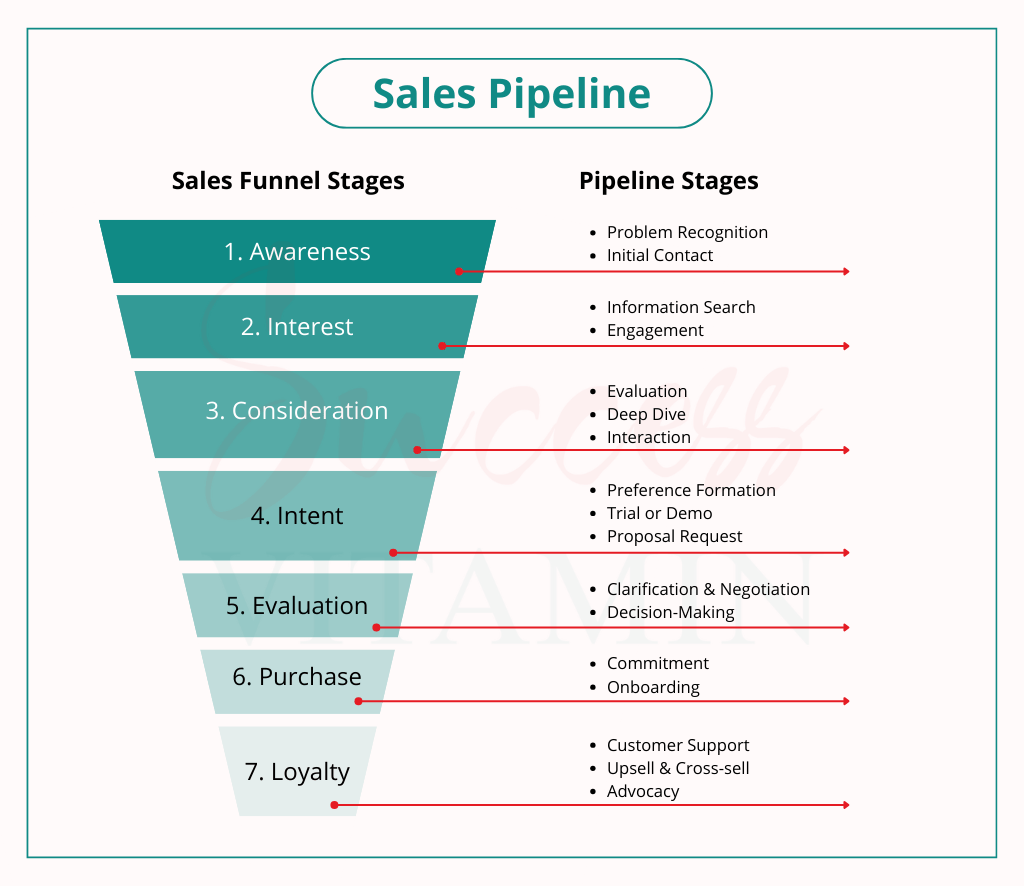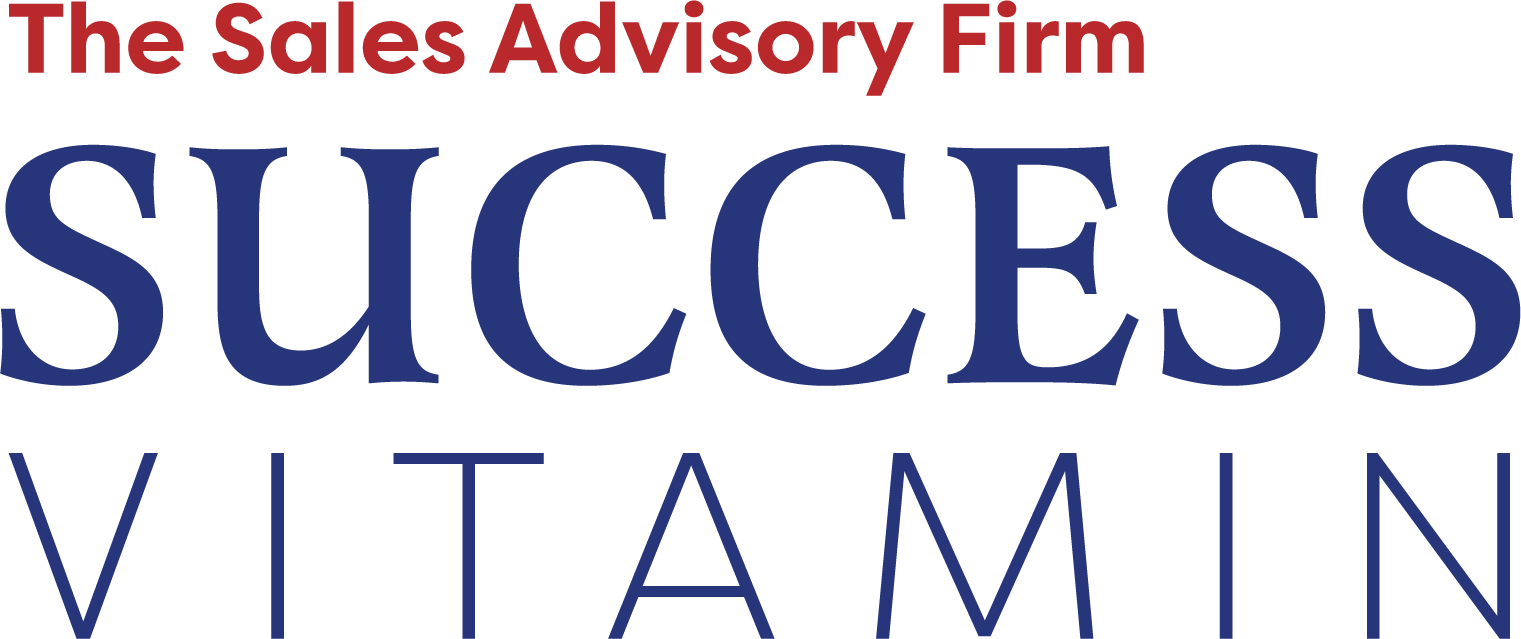The science of repetition plays a crucial role in sales, particularly in the context of B2B relationships. Repetition can influence memory, behavior, and decision-making, making it a powerful tool when used strategically. Here’s a deeper look into the science behind repetition and its application in B2B sales:
Every aspect of sales has a purpose, right from meeting the clients till negotiating and closing the deal, it goes through a series of processes which are done without knowing the science of WHY behind it.
In this blog, we are going to learn about the first psychology secret that I have studied and used over the years to build my brand.
Get reading and know how you can use these strategies fuelled with the science. Using this knowledge you will have more sales clarity leading to increased success sales stories every month for you.
1. Cognitive Priming
- Exposure Effect: Also known as the “mere exposure effect,” this psychological phenomenon suggests that people tend to develop a preference for things they are repeatedly exposed to. In sales, this means that consistently presenting a brand, product, or message to prospects increases their familiarity and likability, which can lead to higher conversion rates.
- Priming Effect: Repeated exposure to certain concepts or words can subconsciously influence a buyer’s decision-making process. By consistently using specific language and themes in communications, sales teams can prime prospects to be more receptive to certain solutions or offers.
Example: A B2B sales team for a CRM platform consistently uses phrases like “boosting customer relationships” and “maximizing sales efficiency” in all communications. Over time, prospects begin to subconsciously associate the CRM platform with improved customer management and sales outcomes, making them more inclined to consider it a solution to their business challenges.
Success Vitamin—When you read through my LinkedIn posts or banners, you often see the words “Sales Intelligence” or “Science of Sales.” Here, I am letting people know what Success Vitamin stands for.
2. Memory Retention
- Spaced Repetition: This technique involves spreading out repetitions over time rather than clustering them together. In sales, this can be applied by regularly following up with prospects using varied content and messaging, which reinforces the brand or product in their memory without overwhelming them.
Example: A sales team for an enterprise software company sends educational content to prospects every few weeks, focusing on different features of the software. By spreading out these messages, they ensure that the product stays in the prospect’s memory without being overly pushy, leading to a better chance of being remembered when the prospect is ready to make a decision.
Success Vitamin—We send out email training series and newsletters so that when our prospective clients are ready, they remember Success Vitamin as the go-to place for anything Sales-Related.
- Retention Through Reinforcement: By repeatedly reinforcing key points, benefits, and differentiators, sales teams can ensure that these aspects are retained in the prospect’s memory, making it easier to recall when making a purchasing decision.
Example: A sales rep for a business intelligence tool consistently highlights three key benefits—real-time analytics, easy integration, and cost savings—during every call, demo, and follow-up email. This repetition helps ensure that when the prospect is discussing options internally, these benefits are top-of-mind.
Success Vitamin—When we have our scoping call and subsequent discussion on the interventions, we repeatedly highlight – No powerpoint, Practical simulations, and Business Context. We have found our clients come back with an agreement because they remembered these differentiators.
3. Behavioral Conditioning
- Classical Conditioning: By consistently associating a product or brand with positive outcomes or emotions, sales teams can condition buyers to respond favorably to the product. For example, consistently linking the product to success stories or positive testimonials can create a positive association in the buyer’s mind.
Example: A sales team at a cloud services company consistently associates their product with reliability and security by showcasing customer testimonials that highlight these aspects. Over time, prospects start to connect the cloud services with a sense of safety and dependability, increasing their likelihood of purchase.
- Operant Conditioning: Repetition can also be used to reinforce desired behaviors, such as responding to emails, engaging with content, or scheduling meetings. For instance, sales teams can use follow-up emails or calls that reward the prospect with valuable information, creating a positive feedback loop that encourages further engagement.
Operant Conditioning Example: A B2B sales rep for an IT solutions company sends helpful tips and resources every time a prospect engages with their emails or attends a webinar. This positive reinforcement conditions the prospect to expect valuable content with each interaction, encouraging ongoing engagement.
4. Building Trust and Credibility
- Consistency and Reliability: Repeatedly delivering valuable content, maintaining consistent communication, and being present during key decision-making moments builds trust and credibility. Prospects are more likely to trust a brand that consistently provides relevant insights and follows through on promises.
Example: A sales team at a SaaS company regularly checks in with prospects, provides updates, and follows up on previous discussions consistently. This reliability builds trust, making prospects more confident in the company’s ability to deliver on its promises, which is crucial when they’re ready to buy.
Success Vitamin– Every day sharp at 8:30, my linkedin post consistently goes out thus ensuring consistency and reliability, even on Sundays, I will have Sunday Vitamin to offer.
- Establishing Expertise: Regularly sharing insights, industry trends, and expertise helps establish the sales team as thought leaders in the field. Repetition of this expert positioning reinforces the prospect’s perception of the team as a credible source of information.
Establishing Expertise Example: Sales reps at a digital marketing firm consistently share the latest industry reports, insights, and case studies during client meetings and follow-ups. By repeatedly providing valuable, expert content, they position themselves as knowledgeable partners, making prospects more likely to trust their recommendations.
Success Vitamin has been doing this from DAY 1, I firmly believe in establishing expertise by offering value.
5. Overcoming Objections
- Repetition in Objection Handling: Repeatedly addressing common objections with clear, consistent messaging can help overcome resistance. This repetition helps prospects internalize the answers to their concerns, reducing their hesitation to move forward in the buying process.
Example: A sales team at a manufacturing equipment supplier consistently encounters price objections. They address this by repeatedly breaking down the long-term cost savings and efficiency gains during every interaction, gradually overcoming the price resistance and convincing the prospect of the equipment’s value.
- Reframing Through Repetition: If a prospect has a particular concern, consistently reframing the conversation around the benefits and value of the product can gradually shift their perspective. This repeated exposure to a new way of thinking can help change their initial objections.
Example: A sales rep for a project management tool faces resistance from prospects who believe the tool is too complex. In response, the rep consistently reframes the discussion by emphasizing the robust support and training offered, gradually shifting the prospect’s perception from complexity to ease of use.
Sv- ask it as a question, “we
6. Decision-Making and Habit Formation

- Habitual Engagement: By consistently engaging with prospects at regular intervals, sales teams can create a habit in the buyer’s routine. For example, sending regular newsletters, updates, or invitations to webinars can become something the prospect expects and engages with habitually.
Example: A sales team for an enterprise communication tool sends weekly updates and tips on improving workplace communication. Over time, prospects begin to look forward to these updates, forming a habit of engaging with the content, which keeps the sales team and their solution top-of-mind.
- Reducing Decision Fatigue: Repeated exposure to clear, concise messaging can reduce the cognitive load on prospects, making it easier for them to make a decision. By streamlining information and using repetition to reinforce key points, the decision-making process becomes less daunting.
Reducing Decision Fatigue Example: A sales team at an ERP software company uses a simple, repetitive structure in their pitches, consistently highlighting three main benefits—scalability, integration, and support. This approach reduces the cognitive load on prospects, making it easier for them to process the information and make a purchase decision.
7. Reinforcement of Brand Messaging

- Consistent Brand Messaging: Repeating core brand messages across multiple channels (emails, social media, meetings) helps reinforce the brand’s value proposition. This consistency ensures that the message sticks, making the brand top-of-mind when the prospect is ready to make a purchase.
Example: A sales team for a cybersecurity firm consistently emphasizes their core message of “protection and peace of mind” across all presentations, emails, and social media interactions. This repeated messaging ensures that prospects associate the brand with security, making it the go-to option when they consider cybersecurity solutions.
- Multi-Channel Repetition: Utilizing various channels to repeat key messages—such as email campaigns, social media posts, and direct mail—ensures that the message reaches the prospect through multiple touchpoints, enhancing recall and reinforcing the sales pitch.
Multi-Channel Repetition Example: A sales team for a B2B logistics company runs a campaign where they repeat their key messages about efficiency and cost reduction across various channels—emails, LinkedIn posts, and direct mail. By hitting prospects from multiple angles, they reinforce the message, increasing recall and making the sales pitch more effective.
8. Sales Funnel Progression

- Nurturing Through Repetition: Repetition is key in nurturing leads through the sales funnel. Regular, consistent communication at each stage of the buyer’s journey helps guide the prospect towards the final decision, ensuring they don’t lose interest or forget about the product.
Example: A sales team at a software-as-a-service (SaaS) company regularly follows up with leads who have shown interest but haven’t yet converted. By sending consistent, value-driven messages and reminders, they keep the product in the prospect’s consideration set, gradually moving them closer to a purchase decision.
- Repetitive Reinforcement of Value: At each stage of the funnel, repeatedly reinforcing the value proposition helps prospects see the consistent benefits of the product, building confidence and reducing the perceived risk of purchase.
Repetitive Reinforcement of Value Example: At every stage of the sales process, a sales team for a financial software company repeatedly emphasizes the software’s ability to streamline accounting processes and reduce errors. This consistent messaging reassures the prospect of the software’s value, making it easier
By understanding and applying the science of repetition, sales teams can create more effective, consistent strategies that not only improve brand recall but also build trust, overcome objections, and ultimately drive more successful outcomes in the B2B sales process.
Ready to apply the science of selling to boost your B2B success? Book a call with us today and learn how psychological strategies can transform your sales approach and drive real results. Let’s elevate your sales game together!



